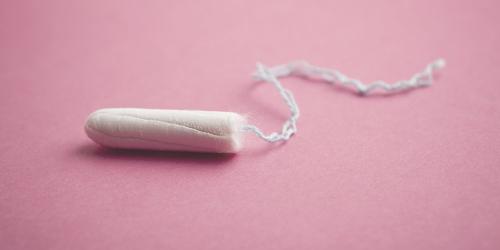Do you know the toxic shock syndrome? A serious illness that can be experienced by users of ... tampons and sanitary napkins and whose number of cases, growing in recent years, worried health professionals. To better understand the phenomenon, the University Hospital of Lyon has launched this October 19 a national collection with the hope of obtaining at least one thousand used tampons that he can thus study.
The disease, infectious, is caused by a bacterial toxin - potentially potentially present in the cotton of sanitary protection. The latter, mixed with blood through an infected wound or simply vaginally, infects the blood, causing sepsis.
Toxic shock, the workhorse of the model Lauren Wasser
Amputee of a leg after suffering this famous toxic shock, the model Lauren Wasser has also made it her workhorse. In 2012, found unconscious in her bathroom, the young woman is immediately transported to the hospital. The verdict is without appeal: its organs drop one by one. Lauren suffers a toxic shock.
Today, at 28, Lauren Wasser fights to educate women, caregivers and hygienic protection manufacturers to toxic shock syndrome. The young woman has stood alongside Carolyn Maloney MP in the US Congress for the adoption of the Robin Danielson Act, a law to require each manufacturer to transparency on the components of their sanitary products.
Request for transparency on the composition of tampons and towels
Cotton, yes, but not only, cotton bleaching components, such as chemical brighteners, chlorine and dioxin, defined by the World Health Organization as a carcinogen, even in small doses. But there is also aluminum, pesticides and perfume additives. As many constituents causing irritation of the vaginal wall that suffer 8 million French, according to France 5 .
Launched in 2015 by the magazine 60 million consumers , a petition calling for more transparency on the composition of feminine hygiene protections has collected to date more than 250,000 signatures.
Some hygiene rules to adopt
The idea is not to create a psychosis around tampons and towels, but it is essential to be well informed about their composition and the rules of hygiene they assume.
- Wash your hands before each manipulation
- Change its buffer every 4 to 5 hours. And never keep it longer than 8 hours
- Do not wear tampons at the end of your periods or to absorb white losses.
- Do not hesitate to alternate the use of tampons and sanitary napkins, or even a menstrual cup.
- Take little absorbent or bio tampons



